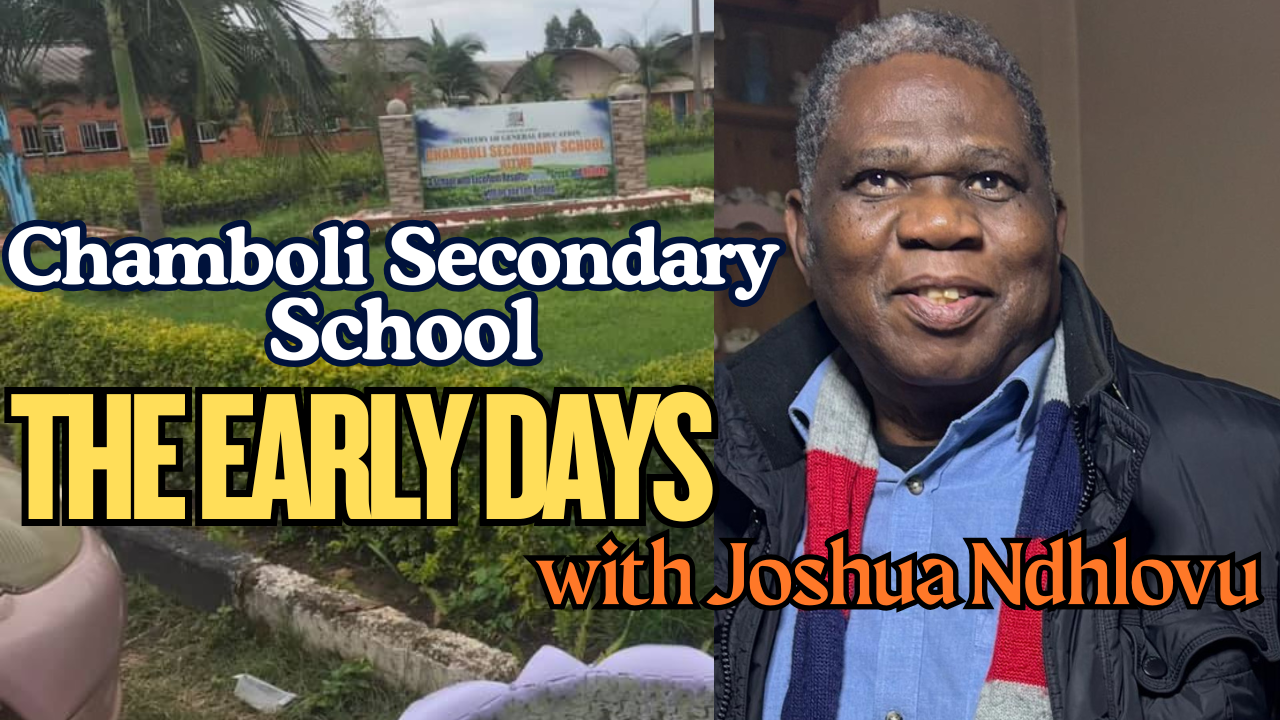Chamboli Secondary School in Kitwe began its journey in the dynamic post-independence era, starting in January 19651. Born out of a need for expanded education—a right previously limited by a pyramid system that restricted secondary schooling for Africans, the school opened its doors to just two classes of all boys, with 35 students in each class.
At the heart of this new beginning was Mr. Robertson Mubesa Namutabo, the school’s First Headteacher. Described as an imposing figure, always well dressed, Mr. Namutabo was instrumental in establishing the foundation that helped students prepare for their future careers.
Choosing a Culture, Rejecting Colonialism
In the earliest days, the students had no uniforms. Mr. Namutabo saw this as a crucial step in defining the school’s identity and took the trouble to organise an open day for the students to choose their attire. He acquired several uniform samples from Standard Trading in town—a store which notably supplied uniforms to “Bazungu schools”. The students eventually settled on grey trousers, a white shirt, and a blue tie.
However, this formal, colonial-era choice soon faced high-level scrutiny. The school was visited by political figures, including the then Education Minister, Mr. Arthur Wina, and later, the Vice President, Mr. Simon Mwansa Kapwepwe. Mr. Kapwepwe fundamentally changed their mindset on dress, lecturing the students that ties were colonial. This pivotal lecture led to the birth of the “Bush Suits era” for school uniforms. While the later classes were introduced to purple shorts bush suits (during the subsequent Obongwana era), the senior students, who were allowed to continue wearing their grey trousers, ultimately escaped the new uniform.
Leading Through Resource Scarcity
Mr. Namutabo’s leadership was essential in navigating the significant hardships faced by the pioneering students . Post-independence schools struggled with infrastructure and funding . Chamboli initially lacked key facilities, including laboratories, sporting facilities, and a hall. To compensate, students had to use facilities from other schools, such as Butotelo Primary School for football and Mukuba Secondary School for lab sessions.
Despite the constraints, Mr. Namutabo—who also served as the Geography teacher—fostered a culture of engagement. He encouraged students to keep up with current affairs by allowing them to watch a Rotary club donated TV in a small cubicle.
The school thrived under this dedicated leadership and focus on learning. It grew, achieving a high pass rate and becoming one of the best in the country. Mr. Namutabo left the school around Form 3, Term 2, when he was appointed Governor of Mongu. His foresight and insistence on high standards laid the groundwork for the successful careers of many of the founding students.
If you enjoyed reading about the founding era, tune into the podcast to hear the full personal accounts of the first students! Would you be interested in learning more about the challenges of the pre-Chamboli “night school” experience, or perhaps the details surrounding Mr. Namutabo’s departure to Mongu? Do you have memories of Chamboli Secondary School you would like to share with our readers? Reach out in the comments below.


